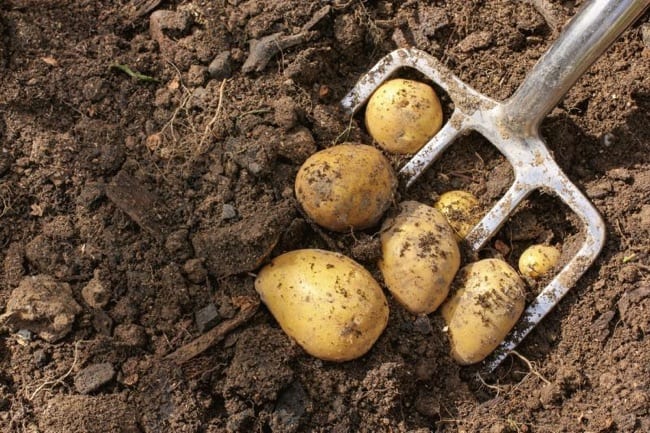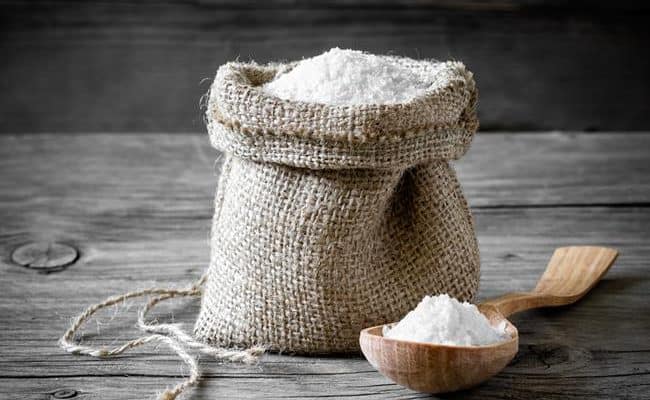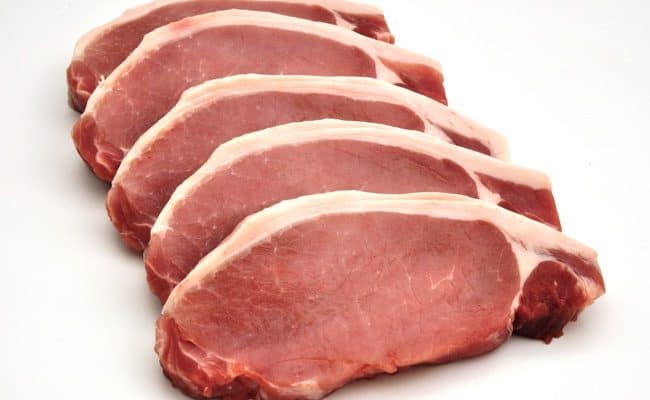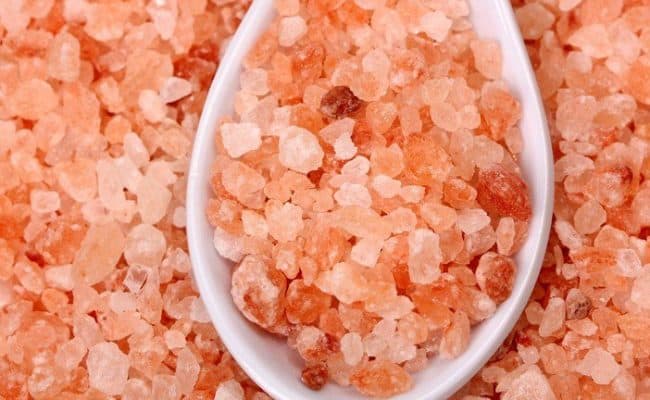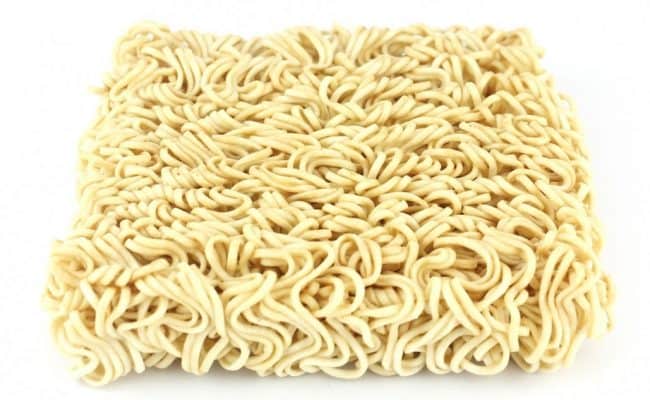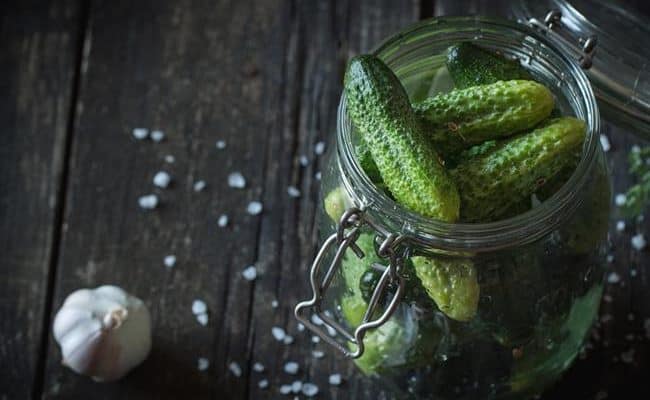
Sodium nitrates are usually associated as an additive to processed meats that enhances a red color and helps kills bacteria. Some studies have shown an association between the intake of processed meats and cancer risk, and when sodium nitrates are heated up to a certain temperature they can produce the carcinogenic nitrosamines.
Limiting the intake of sodium nitrates may be recommended for lowering risk of carcinogens.
However, some nitrate free processed meats may actually be higher in nitrates derived from different sources.
The amount of sodium nitrates most people get from processed meats is relatively low.
According to the CDC, Americans get only about 6% of total nitrates from processed meats.
What’s the largest contributor of sodium nitrate in the diet? Vegetables provide about 80% of sodium nitrate to the diet.
Do we have to worry about an increased risk of cancer risk from nitrosamines from vegetables? Surprisingly not. In fact, there is researching suggesting the opposite that a diet high in vegetables could help lower risk for certain cancers.
So on one hand sodium nitrate from meats is associated with possibly an increased risk for some chronic diseases, but sodium nitrates from vegetables appear to not pose a harmful risk.
The answer to asking if sodium nitrate is bad may depend most on where it is coming from.
Sodium nitrate from meats
Sodium nitrate is added to meats like pepperoni, bologna, bacon, deli meats, ham and hot dogs.
It is added to help retain a red color for the meat and prevents it turning gray.
Sodium nitrate also helps kill bacteria like clostridium botulinum (1). Unprocessed meats contain little if any amounts of sodium nitrates depending on what the animal ate and the soil conditions of plants it ate.
The current limit for using sodium nitrate as an additive according to the USDA is 200 parts per million (2). However, it’s not exactly clear at what level added sodium nitrate to foods is considered a safe level.
The concern with sodium nitrates when added to processed meats is cancer risk. According to the American Cancer Society, eating processed meats over a longer period of time can increase risk of colorectal cancer.
One study suggests higher consumption of processed meats, defined as 1 ounce per day 5-6 days a week for men or 1 ounce per day for 2-3 days a week for women, increased risk of cancer in the lower colon and rectum by fifty percent.
This increase of cancer risk was over a 10 year time period. More research is needed to determine the risk of sodium nitrates from processed meats for a shorter time period and varying levels.
A 2013 study also concluded nitrates, along with other components of processed meats, may be involved with the formation of cancer cells in the colon and rectum.
Researchers found an inverse association between eating unprocessed meat and cancer risk. There may be many components or a single component in processed meats that can increase cancer risk.
A concern with added sodium nitrates to meat is when the meat gets heated above 266°F, sodium nitrate gets converted to sodium nitrite which then gets converted to nitrosamines which are a carcinogen.
Cooking processed meat at really high temperatures can also produce heterocyclic amines (HCAs) which can also increase cancer risk.
What about nitrate free labels on meats?
Because of the concern from some studies showing a link between sodium nitrates in processed meats and cancer risk, there is becoming more of a demand from the public for meats that do not have added or artificial sodium nitrate.
However, Fooducate warns processed meats that have labels claiming no artificial nitrates are added may be deceiving.
Sodium nitrates can be derived from plant sources, such as celery powder, and added to meats.
Even though the sodium nitrate is from a plant source like celery powder, it can still have the same risks associated with chemically derived sodium nitrate.
Therefore some products that claim they have no artificial sodium nitrates or are labeled as organic may still have a significant level of nitrates in them.
The Dana Faber Cancer Institute suggests instead of focusing on finding “nitrate free” processed meats, focus instead on just consuming all processed meats in lower quantities.
Naturally raised or organic processed meats may have lower levels of sodium nitrates, but they may not.
Cancer and cardiovascular disease risk
As mentioned, there are some studies (3) that show an association between cancer risk and eating processed meats.
There are a few components in processed meat that can be considered carcinogenic, including sodium nitrates.
Other components like HCAs, saturated or trans-fat and different amines could also be to blame for the association between processed meats and colon cancer risk.
Another reason for the association with processed meats and cancer risks could be from other lifestyle factors.
For example, maybe people who eat more processed red meat don’t exercise as much, eat fewer vegetables, have higher BMI’s, etc.
On the other hand, a 2009 study (4) points out that the nitrates we receive from eating plants may actually be beneficial for lowering blood pressure and heart health.
Also, the nitrates from plants are not a concern for forming harmful nitrosamines because the vitamin C in plants inhibits the formation of nitrosamines.
Sodium nitrate from plants
Plants are a natural source of nitrates because they pick up nitrogen from the soil. Because nitrogen based fertilizers are commonly used, plants can have a high amount of nitrates in them.
According to the CDC (5), the top vegetables with nitrate levels include: celery, leafy greens, beets, leeks, fennel, cabbage, dill and turnips. In reality, all plant foods contain some level of nitrates.
In fact, nitrates can even be found in drinking water (6). Nitrates leak into ground water from surrounding soil. If nitrate levels are high in drinking water, it can pose a serious threat to infants or adults with reduced stomach acid.
Nitrates can be higher in well water that may be poorly constructed or close to feedlots or septic systems. Bottled water is regulated for nitrate levels.
What is the main difference between sodium nitrate from plants compared to when it’s added to red meat?
Red meat contains amines that interact with sodium nitrate to form nitrosamines. It also has to do with the way they are broken down in the body.
Other components in plants, like vitamin C, block the formation of harmful nitrosamines from sodium nitrate. Once sodium nitrate is absorbed in the body, it is ultimately broken down into a gaseous nitric oxide.
A 2010 study (7) suggests nitrates from plants may actually be responsible for the health benefits of plants that lower the risk for type 2 diabetes and cardiovascular disease.
The nitric oxide in the body acts as a vasodilator which helps lower blood pressure and can help lower blood thickening.
Therefore, it is not recommended to limit nitrates from plants; in fact following a diet high in fruits and vegetables can actually provide 550% of recommended nitrate level daily for an adult weighing about 60 kilograms according to a 2009 study (8).
However, this is not a harmful thing; it is actually considered beneficial.
Now the question of sodium nitrate being harmful becomes a little more complicated. Where is the sodium nitrate coming from and what is it interacting with?
If it is coming from plants, the nitrates can have many beneficial effects. If it is coming from cooked, processed red meat, it has a different effect in the body and can form harmful carcinogens.
What’s the difference between nitrite and nitrate?
Sodium nitrite and sodium nitrate are often used interchangeably. Nitrites are not something to be afraid of; in fact, the human body makes nitrites, according to Jeff Sindelar PhD in Prevention.
Sodium nitrate is a natural salt and commonly used in processing meat. When sodium nitrate is in contact with bacteria in meat or when it reaches our saliva, it is changed to sodium nitrite.
Sodium nitrite or nitrate can be used as an additive.
Once in the body, sodium nitrite is converted to nitric oxide which can have some beneficial effects like helping to lower blood pressure.
Conclusion
The bottom line is sodium nitrates from plants are not to be feared; in fact, it may be one of the reasons fruits and vegetables have so many health benefits in the body.
Most of the sodium nitrate we get from the diet is from plants. Only about 6% of sodium nitrate is from processed red meat.
The sodium nitrate is a natural preservative, but eating processed red meat has been associated with increasing risks for colorectal cancer.
There may be many components in processed red meat, not just sodium nitrates that can be harmful.
Nitrate free processed meats may still be a source of nitrates if they have plant based ingredients like celery powder. Maybe instead of focusing on finding nitrate free meats, the concern should still be on quantity until more research is done.
Focus on getting your nitrates primarily from fruits and vegetables instead of processed red meats.
Remember instead of focusing on one ingredient like sodium nitrate, the overall diet and lifestyle have to be taken into account.
The components of our food and all aspects of our lifestyle can play a role on health.
